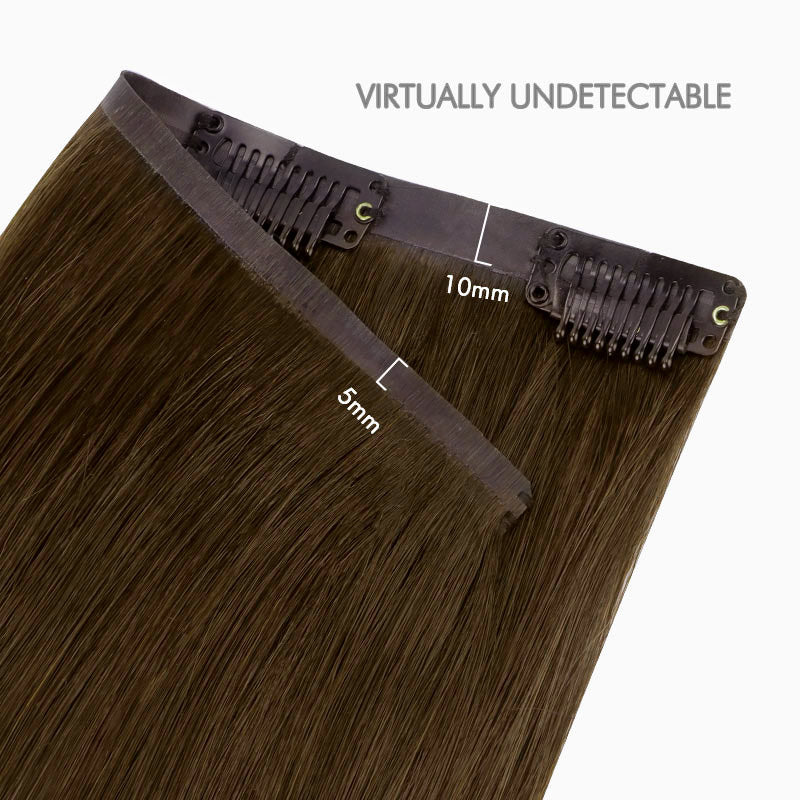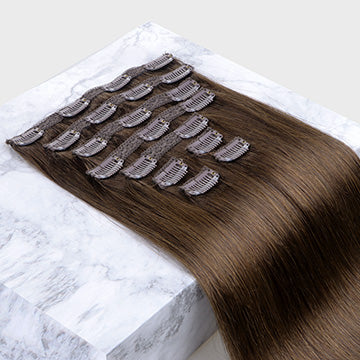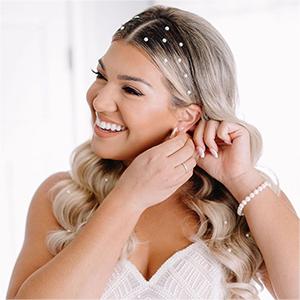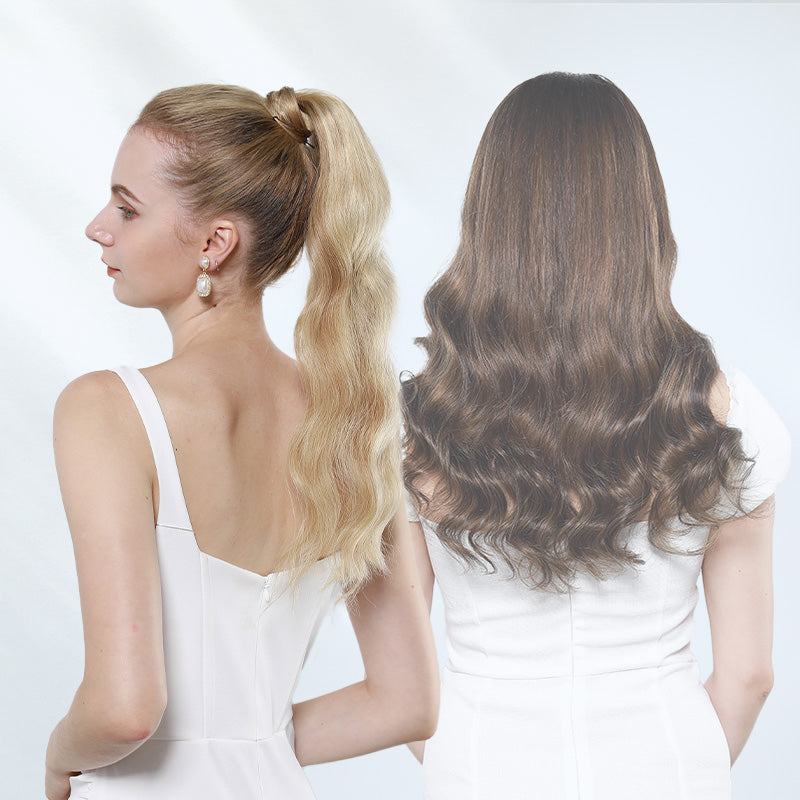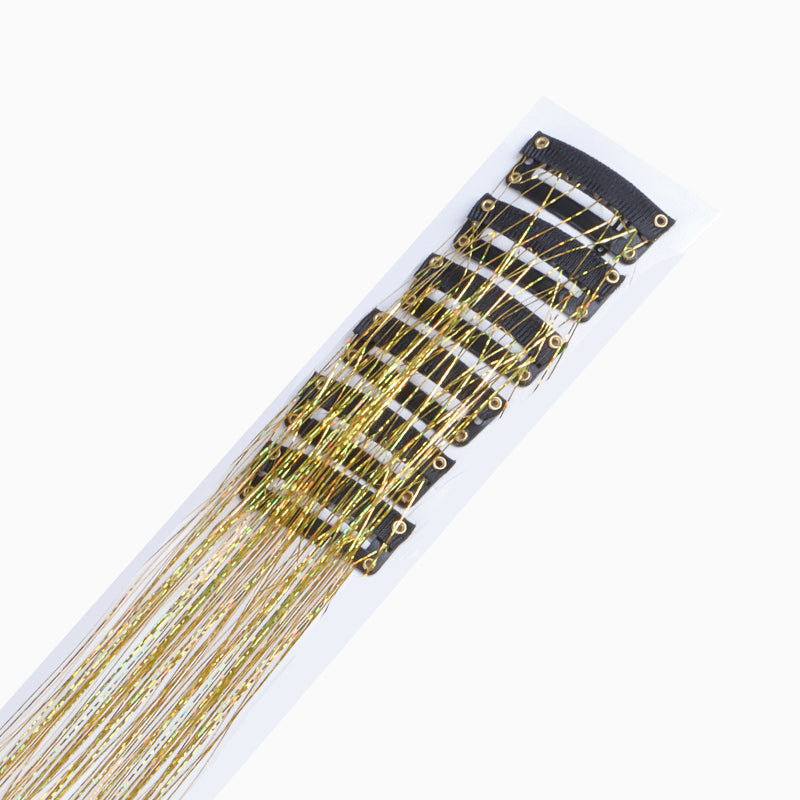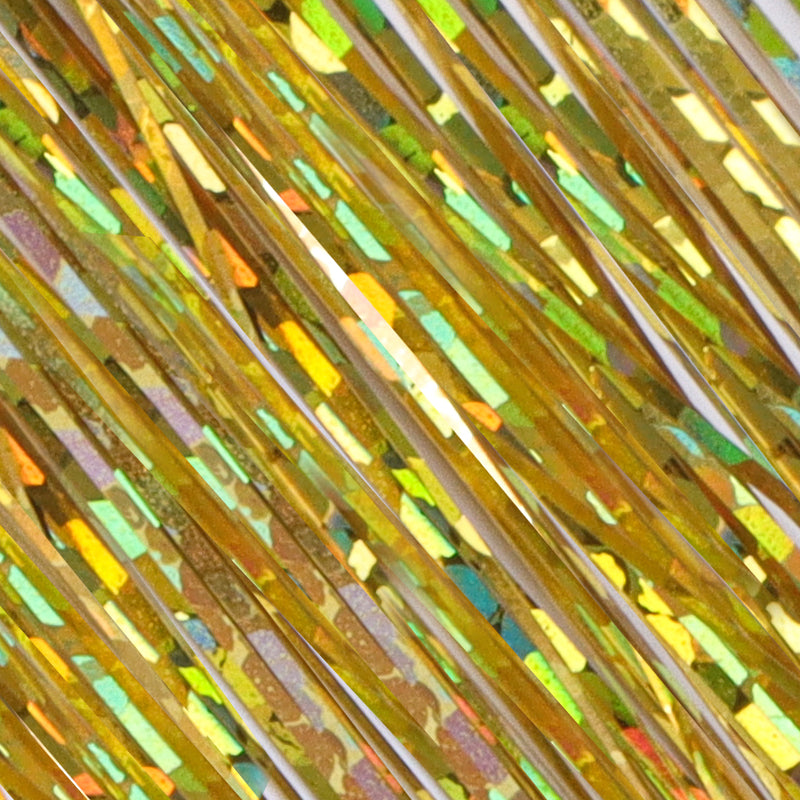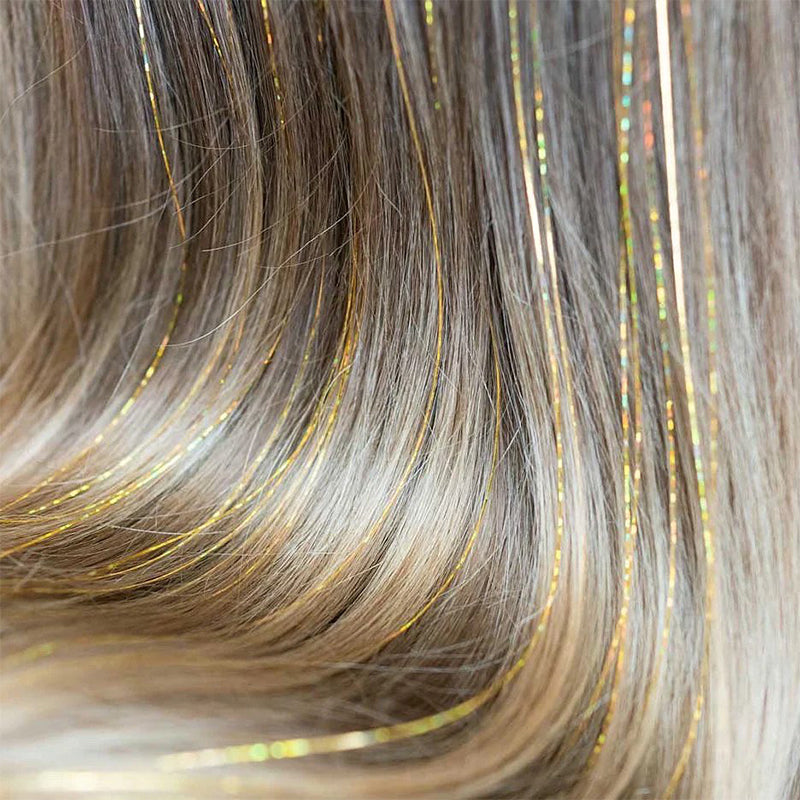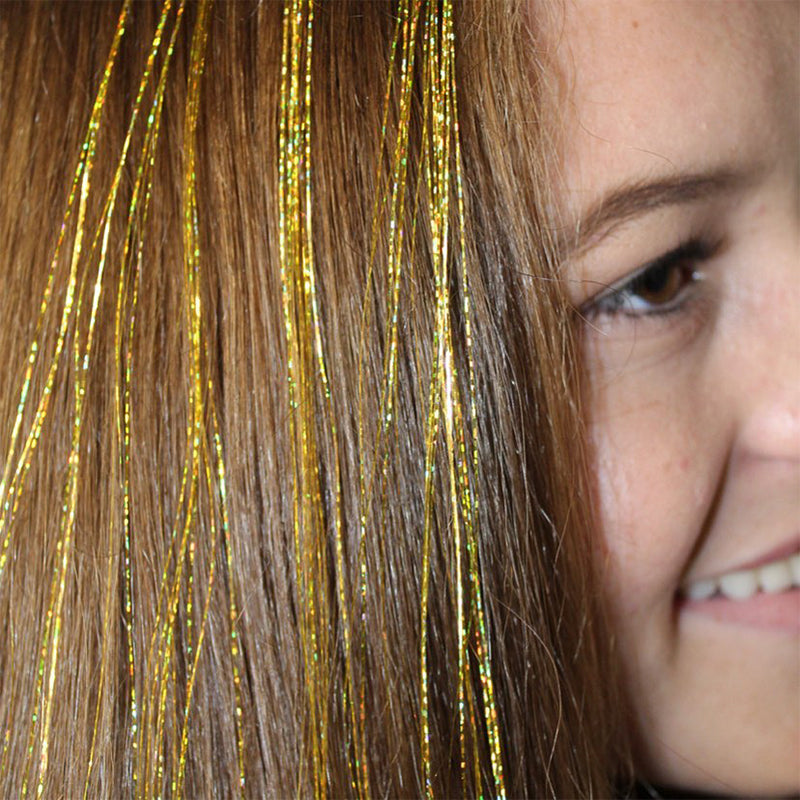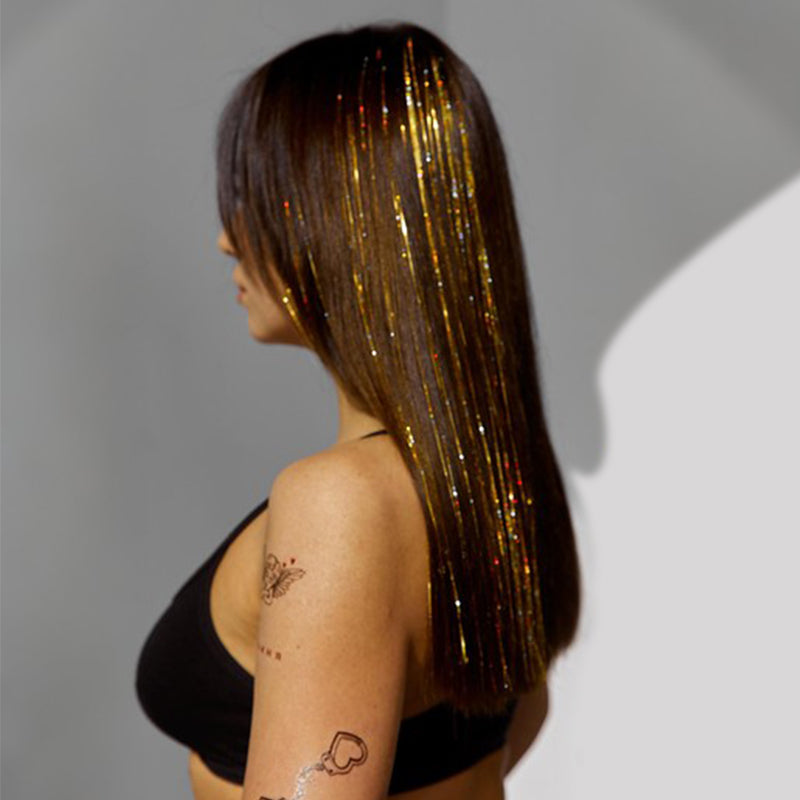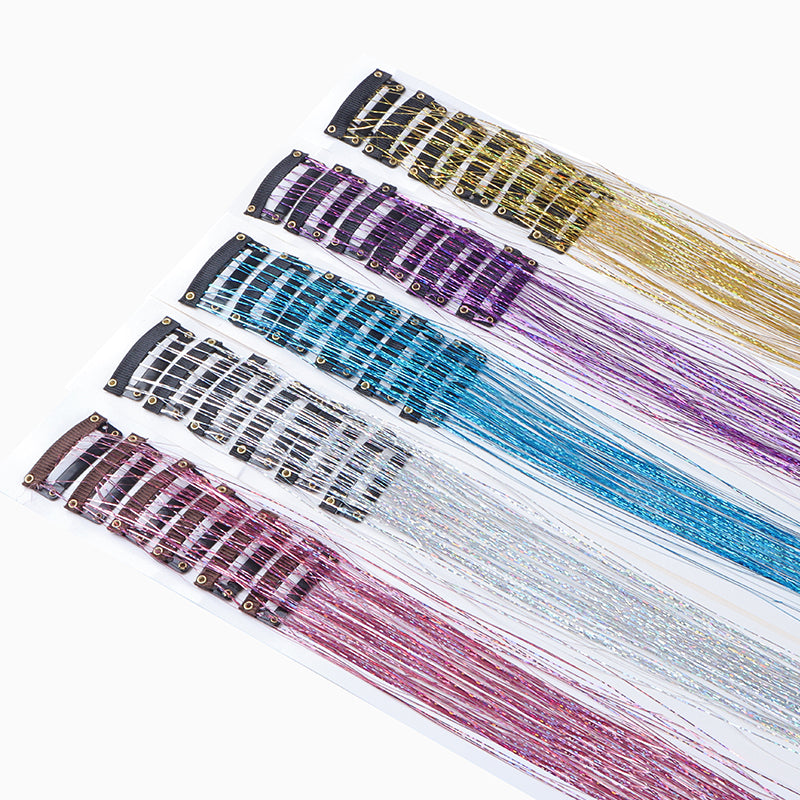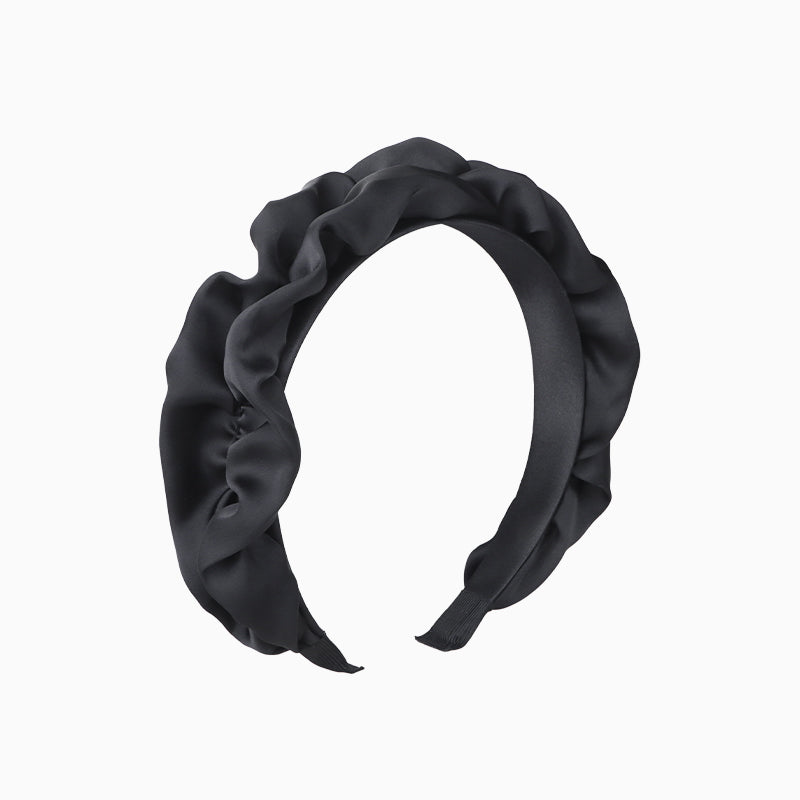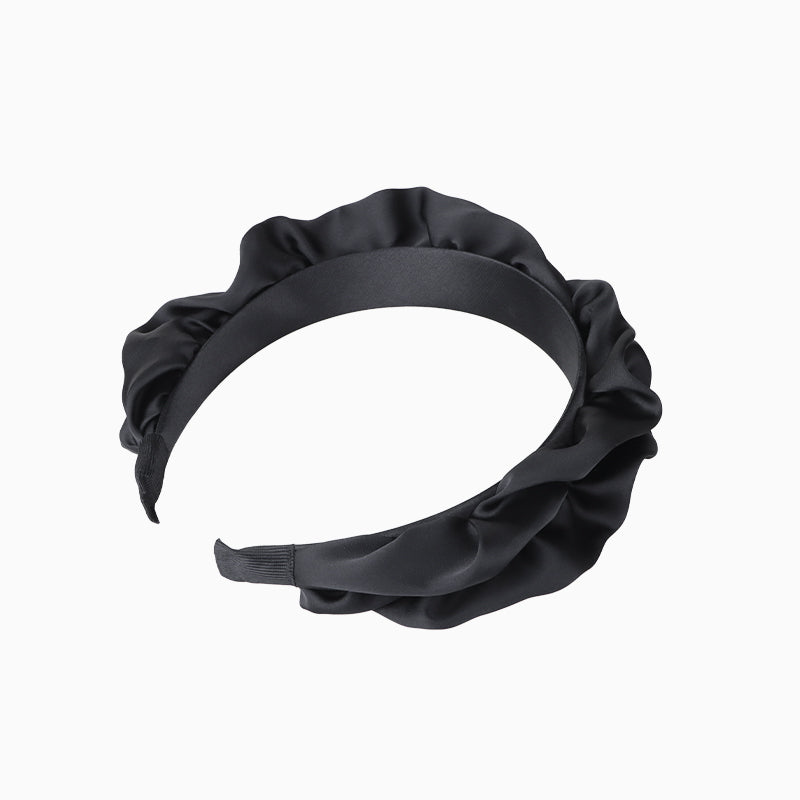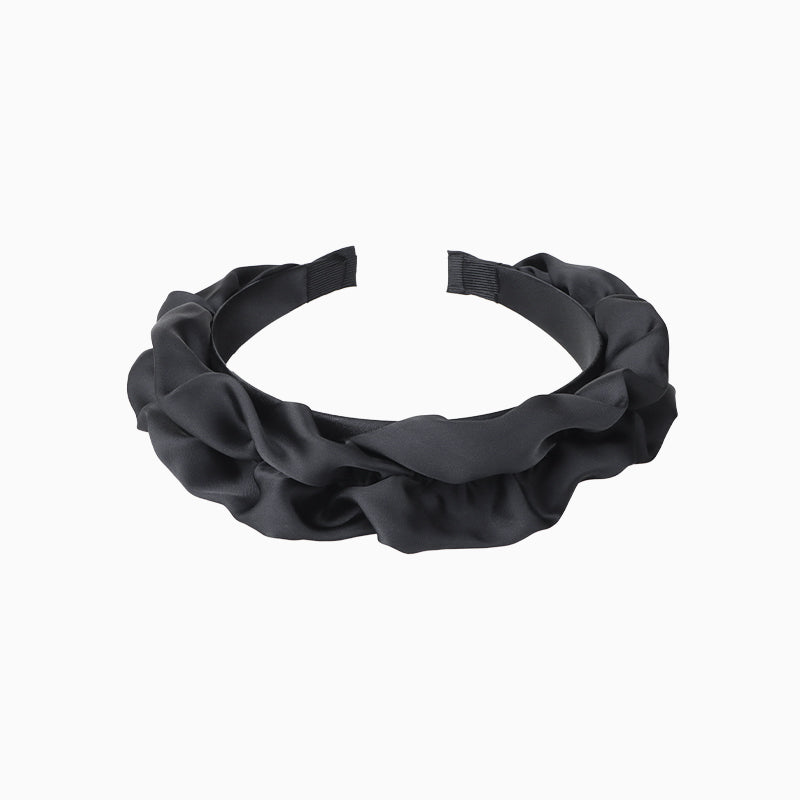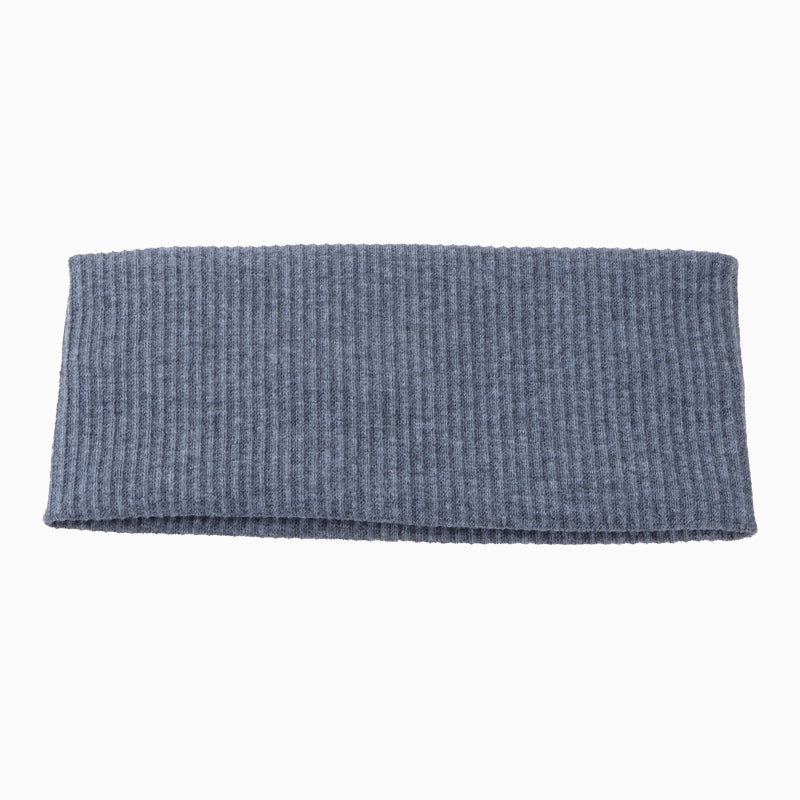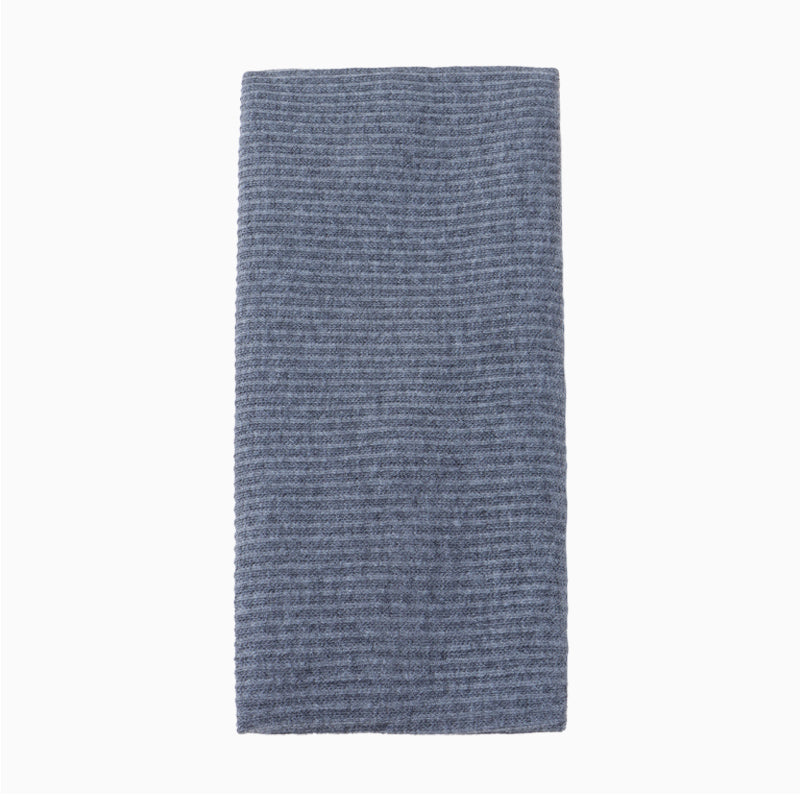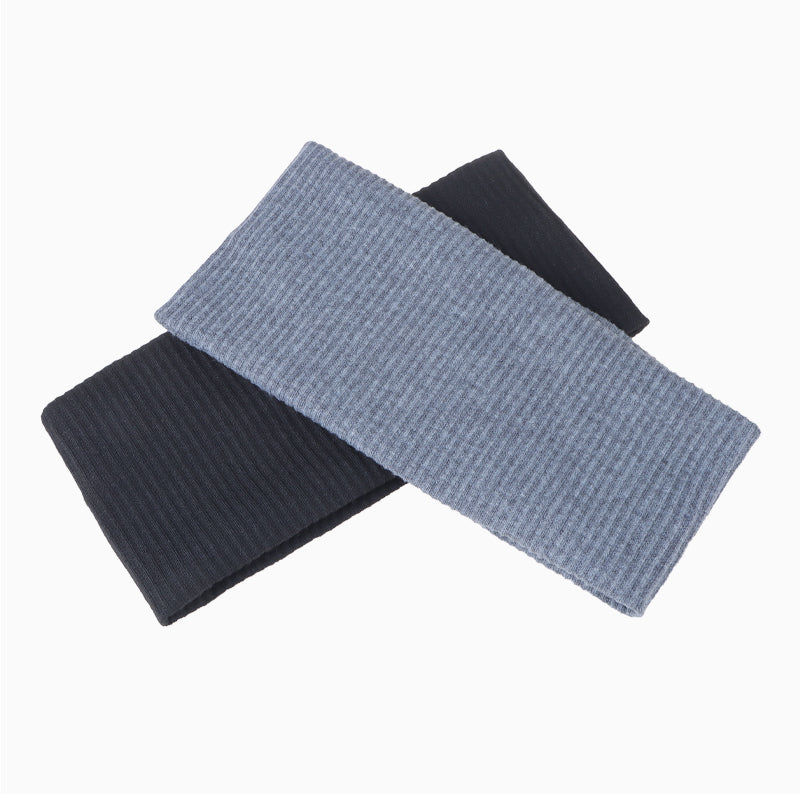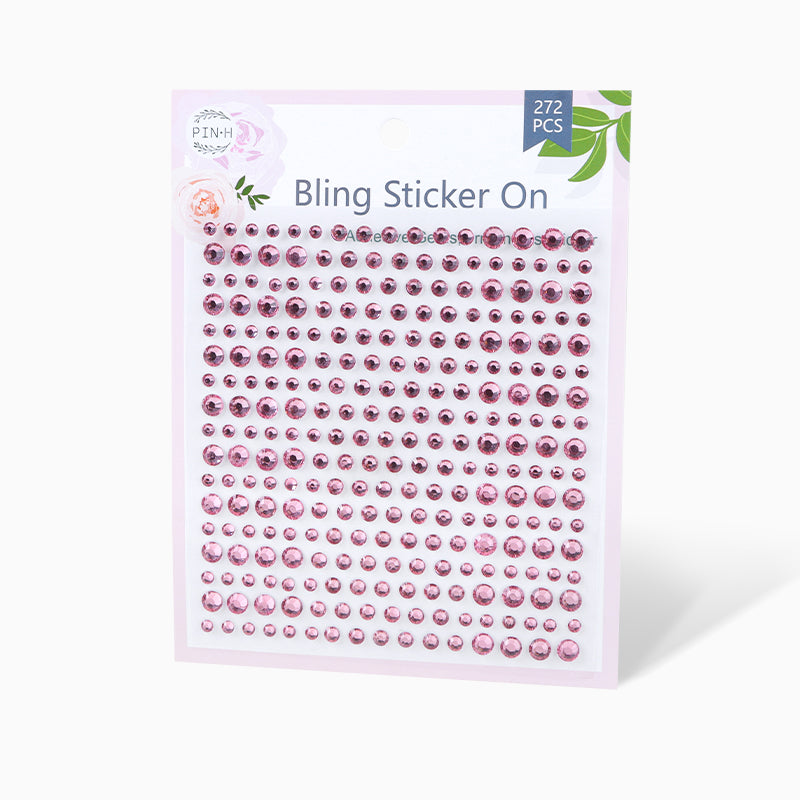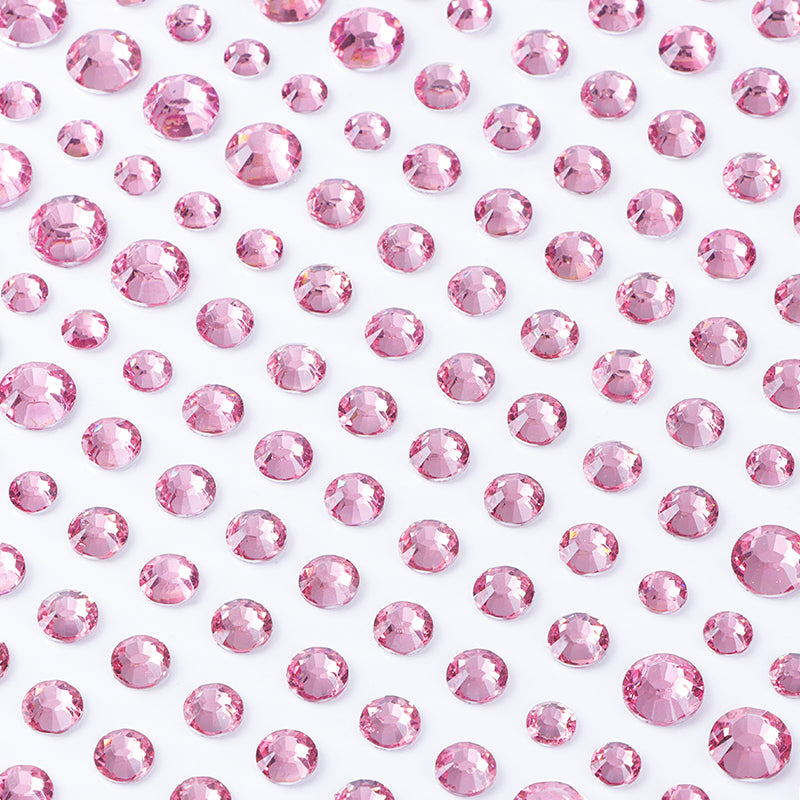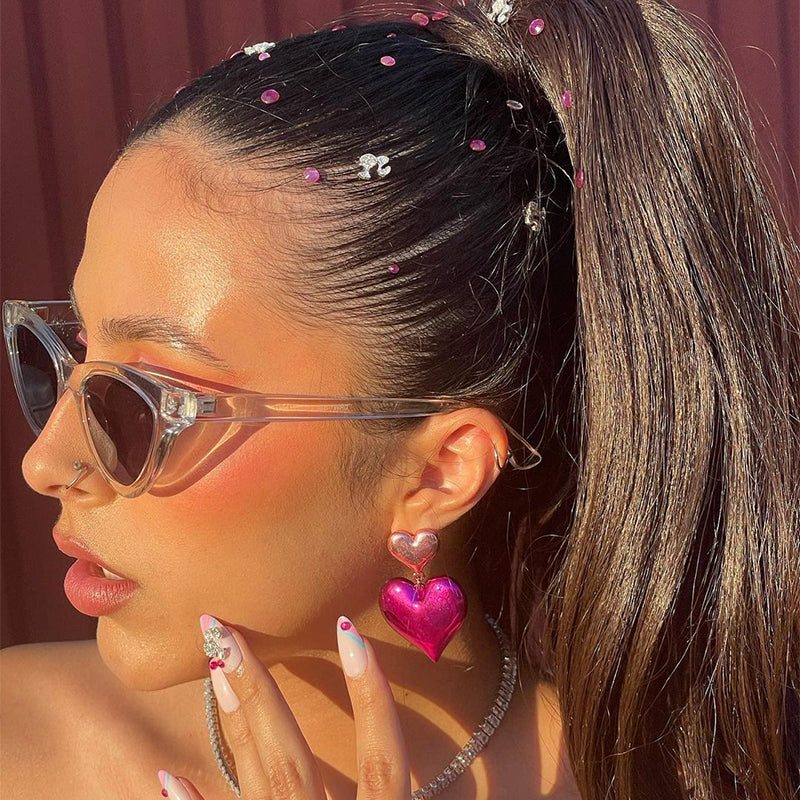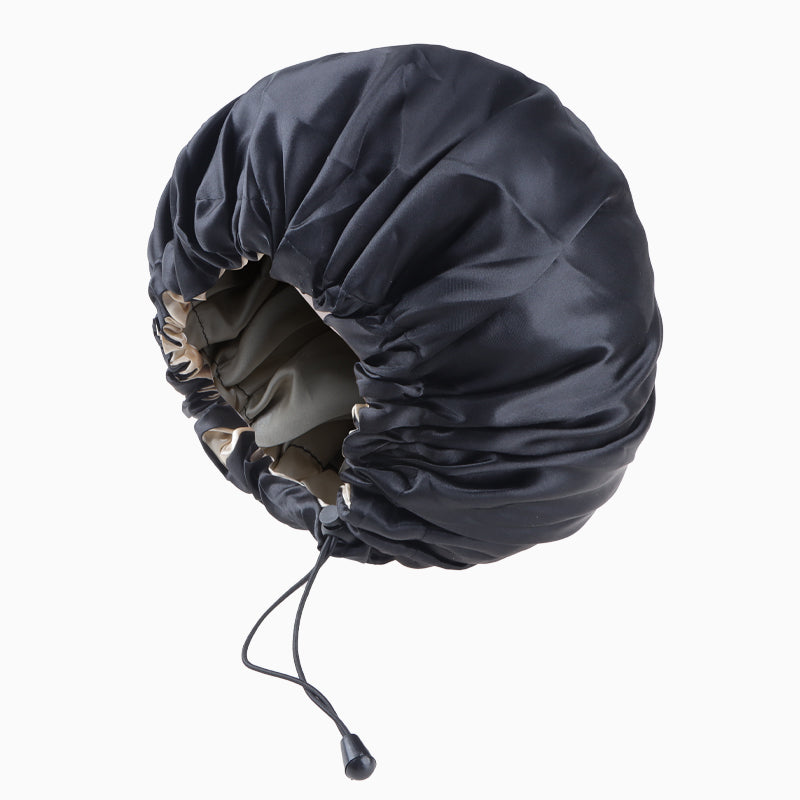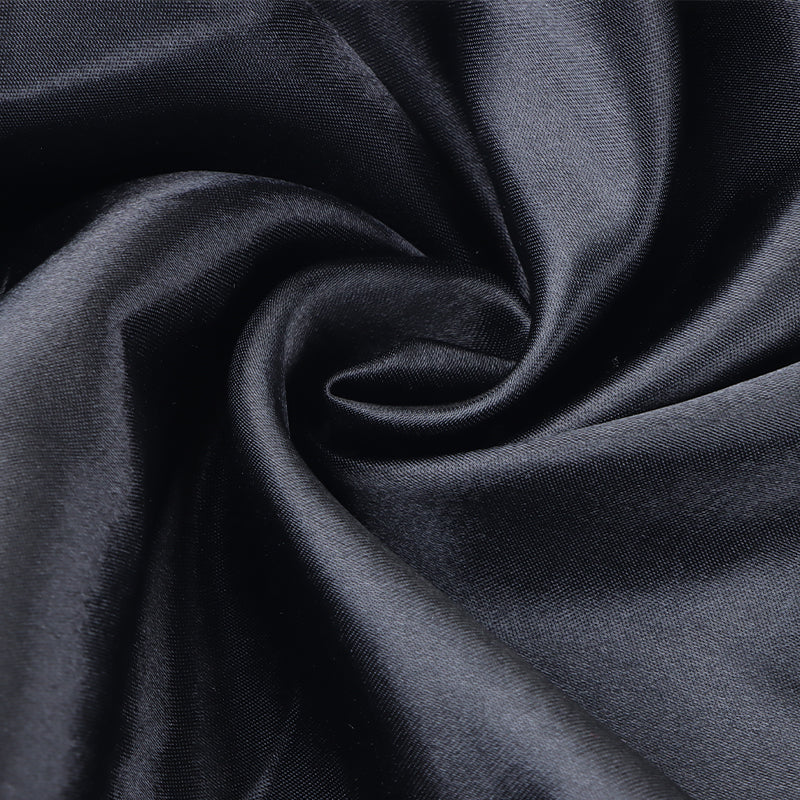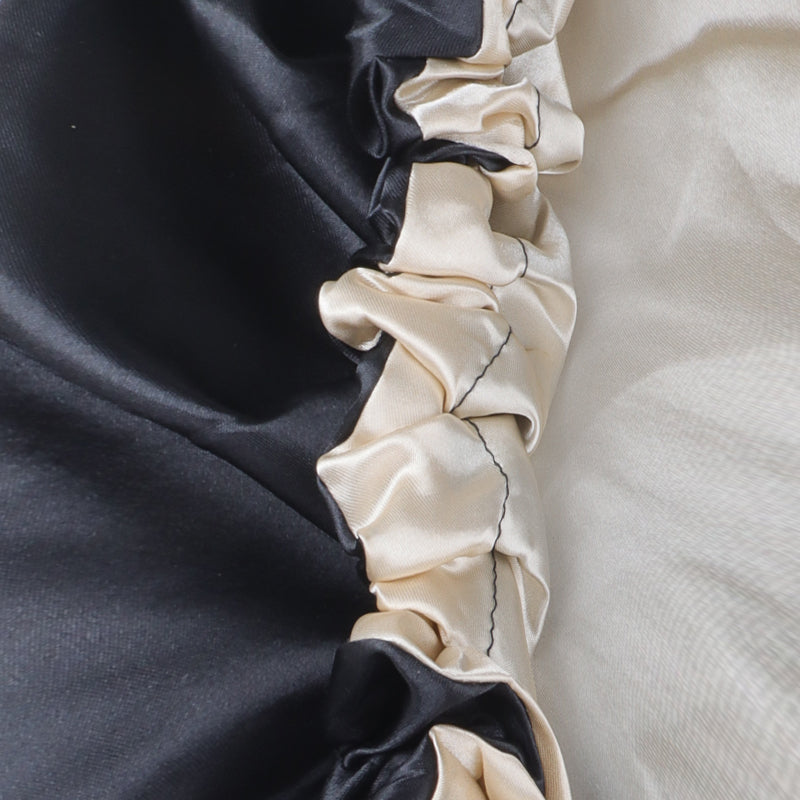Hair extensions are a great way to add length, volume, and versatility to your look, but keeping them in top condition requires proper care. From cleaning and conditioning to detangling and protecting against shedding, every step plays a vital role in extending the life of your extensions. Whether you're using clip-ins, tape-ins, or sew-ins, following these tips will ensure your extensions stay gorgeous for longer.
Why Proper Care is Essential for Hair Extensions
Your hair extensions are an investment, and to get the most out of them, proper maintenance is key. Regular cleaning, conditioning, and styling are essential to keep them looking shiny, healthy, and natural. But beyond that, protecting against tangling, shedding, and heat damage will help preserve the quality and longevity of your extensions.
Step 1: Washing Your Hair Extensions Properly
While extensions don’t need to be washed as often as your natural hair, keeping them clean is important for maintaining their appearance. Over-washing can lead to dryness, so it's best to wash only when necessary—every 7 to 10 wears.
What to do:
- Use a sulfate-free shampoo: Sulfates can strip the hair of its natural oils, making extensions dry and brittle. Opt for a sulfate-free shampoo designed for human hair extensions to gently cleanse without causing damage.
- Rinse with lukewarm water: Always rinse with lukewarm or cool water to prevent drying out the hair. Hot water can cause the hair to become frizzy and lose its natural shine.
- Apply conditioner: Focus on the ends of your extensions, where the hair is driest. Use a moisturizing conditioner to hydrate and restore softness. Avoid applying conditioner to the root area of tape-in extensions or micro-links to prevent the adhesive from loosening.
What NOT to do:
- Don’t rub or twist your extensions: Rubbing or twisting the hair can cause tangling and breakage. Instead, gently press the water out by squeezing.
- Avoid over-washing: Washing your extensions too often will dry them out and cause them to lose their shine. Stick to washing only when needed.
Step 2: Detangling Extensions Gently
Tangling is a common issue with hair extensions, especially if they’re worn frequently. To prevent knots and damage, it’s crucial to detangle your extensions gently.
What to do:
- Use a wide-tooth comb or fingers: Start detangling from the tips of the extensions and work your way up to the roots to avoid stress on the hair. Gently comb through, section by section, to remove any knots.
- Apply a detangling spray: Using a leave-in conditioner or detangling spray before brushing can make the process easier and less damaging.
- Brush extensions before and after wearing: Make it a habit to detangle your extensions before and after each use, especially for clip-ins and wefts, to keep them from matting or tangling.
What NOT to do:
- Don’t pull on knots: Yanking on tangles can break the hair and damage the bonds, especially with tape-ins or micro-link extensions.
- Avoid brushing wet extensions: Wet hair is more fragile, so never brush your extensions while they’re still wet. Let them air-dry first before detangling.
Step 3: Preventing and Addressing Shedding
Excessive shedding can be a sign that your extensions aren’t being cared for properly. Regular handling, styling, and even the way you install your extensions can impact their longevity.
What to do:
- Secure the wefts properly: For wefts or tape-ins, ensure that the wefts are securely installed. Poor installation or loose stitching can cause the extensions to shed prematurely.
- Handle with care: When installing, removing, or styling your extensions, avoid pulling or tugging. Be gentle when removing clip-ins and always follow the proper steps for tape-in or weft extensions to avoid stressing the hair and causing shedding.
- Trim the ends: If you notice any shedding, it might be a good idea to trim the ends of the extensions regularly to remove split ends and keep them looking fresh.
What NOT to do:
- Don’t brush excessively: Over-brushing can cause extensions to shed more quickly. Limit brushing to a few times a day to avoid unnecessary stress.
- Avoid tight hairstyles: Wearing tight ponytails or braids can pull on the extensions and cause shedding. Opt for looser styles to minimize this risk.
Step 4: Heat Styling Your Extensions Safely
Heat styling is a great way to add versatility to your look, but it’s important to protect your extensions from excessive heat damage. If used incorrectly, heat can dry out and weaken your extensions.

What to do:
- Use a heat protectant: Always apply a heat protectant spray or serum before using hot styling tools. This will create a barrier to protect the extensions from high temperatures.
- Limit heat styling: Avoid using hot tools on your extensions every day. Instead, use them sparingly to prevent excessive wear and tear.
- Set the temperature low: For human hair extensions, it’s best to use a flat iron, curling iron, or wand on a low to medium heat setting. Temperatures over 350°F (175°C) can damage the extensions over time.
What NOT to do:
- Don’t use high heat: Using excessive heat can cause the extensions to become dry, brittle, and frizzy.
- Avoid styling when wet: Never style your extensions while they’re still wet, as this can cause them to break or lose their shape.
Step 5: Storing and Protecting Extensions
Proper storage of your extensions is key to preventing tangling, breakage, and premature wear. How you handle your extensions when you’re not wearing them plays a big role in their longevity.

What to do:
- Braid or twist extensions before bed: To prevent tangling while sleeping, braid or twist your extensions loosely. This will keep them from rubbing against your pillow and causing friction.
- Store in a cool, dry place: When not in use, store your extensions in a protective pouch or hang them up. Make sure they’re away from humidity, direct sunlight, or excessive heat.
- Use a satin pillowcase: If you’re sleeping with your extensions, switch to a satin or silk pillowcase. This reduces friction and prevents tangling or frizz.
What NOT to do:
- Don’t store extensions in a tangled mess: Avoid tossing them in a drawer or pile. This will cause the hair to knot and become difficult to detangle later.
- Don’t expose them to moisture: Keep your extensions dry at all times. Damp or wet hair can cause mold or mildew, especially in sew-in extensions.
Bonus Tips for Protecting Extensions from Tangling, Shedding, and Damage
- Regular Conditioning: Deep condition your extensions once a month to restore moisture and keep them soft. This helps prevent them from drying out and tangling.
- Use the Right Products: Opt for hair products designed for human hair extensions. Avoid products that contain alcohol or sulfates, as these can strip the hair of its natural oils.
- Avoid Chlorine: When swimming, wear a swim cap or rinse your extensions immediately afterward to prevent chlorine damage.
- Limit Sun Exposure: Prolonged exposure to the sun can dry out your extensions. When possible, wear a hat to protect them.

Conclusion
Taking proper care of your extensions—from washing and conditioning to detangling, styling, and storing—will ensure they last longer and continue to look fabulous. By following these detailed steps and protecting your extensions from common issues like tangling, shedding, and heat damage, you'll keep them looking shiny, healthy, and natural.
If you're looking for high-quality, durable human hair extensions, explore Doores. Our tape-ins, clip-ins, and premium wefts are designed for both professional and DIY applications, providing you with a seamless and natural look every time.

